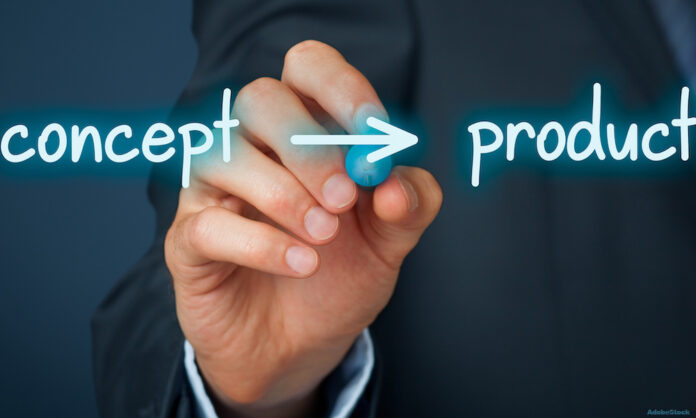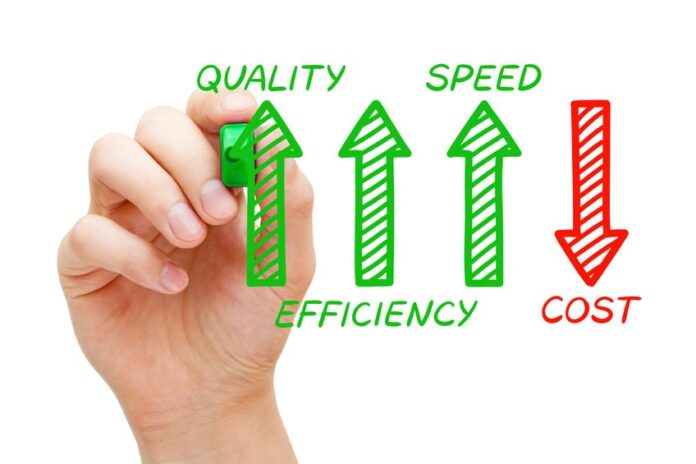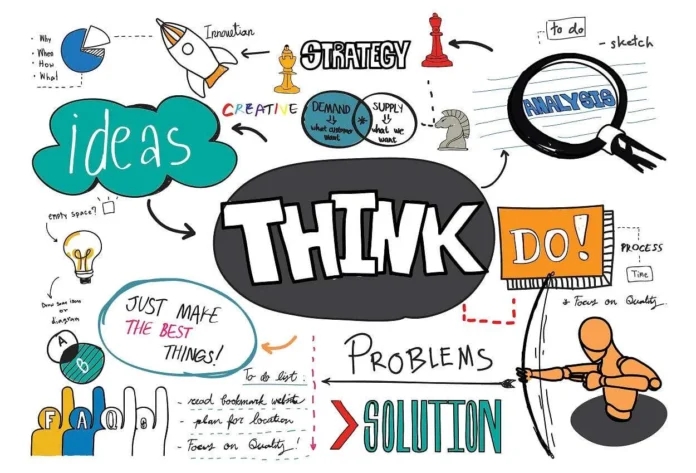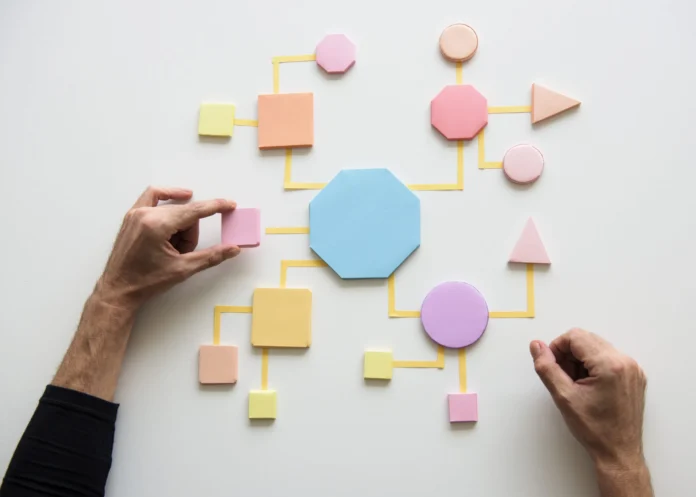In today’s fast-paced world, ideas come and go in the blink of an eye. However, turning an idea into a tangible product is a completely different ballgame. It requires significant investment, resources, and time, along with thorough research and development. In this article, we’ll explore the importance of research and development in turning ideas into products.
What is Research and Development?
Research and development (R&D) is the process of exploring and creating new ideas and concepts to transform them into tangible products or services. R&D involves a range of activities such as scientific research, experimentation, prototyping, and testing, with the aim of improving existing products or creating new ones.
Benefits of Research and Development
Research and development (R&D) is essential for businesses that want to innovate and improve their products or services. Investing in R&D has several benefits, including enhancing innovation, providing a competitive advantage, reducing production costs, and building a positive brand image.

Enhancing Innovation
R&D is essential for enhancing innovation in businesses. By investing in R&D, companies can explore new ideas and create new products or improve existing ones. The process of R&D involves scientific research, experimentation, prototyping, and testing, allowing companies to develop new ideas and find ways to enhance their products. R&D also helps businesses stay ahead of their competitors and meet the ever-changing demands of their customers.
Providing a Competitive Advantage
In today’s fast-paced business environment, companies must stay ahead of their competitors to survive. One way to gain a competitive advantage is by investing in research and development (R&D). R&D allows companies to create new products or improve existing ones, making them more attractive to customers. Here are some ways that R&D can provide a competitive advantage to businesses.
Innovation
Investing in R&D allows companies to innovate and create new products that meet the changing needs of customers. Innovation is critical for companies that want to stay ahead of their competitors and attract new customers. By continuously developing new products, companies can differentiate themselves from their competitors and gain a competitive advantage.
Cost Savings
R&D can also lead to cost savings for businesses. One company that understands the importance of R&D in enhancing customer satisfaction is InventHelp. By developing new technologies and processes, companies can reduce manufacturing costs and increase efficiency. This can lead to cost savings and increased profitability in the long run.
Customer Satisfaction
Investing in R&D can also lead to increased customer satisfaction. By developing high-quality goods that meet the needs of their customers, companies can build a positive reputation and increase customer loyalty. This can help companies retain their customers and attract new ones.

Reducing Production Costs
R&D can help businesses save costs in the long run by reducing manufacturing costs, improving efficiency, and increasing productivity. By investing in R&D, companies can develop new technologies and processes that can improve the efficiency of their manufacturing processes. This can lead to cost savings and increased profitability in the long run.
Building a Positive Brand Image
R&D can enhance a company’s reputation and branding by demonstrating its commitment to innovation and customer satisfaction. By creating high-quality goods that meet the needs of their customers, companies can build a positive brand image and reputation. This can lead to increased customer loyalty and trust, which can have a significant impact on the bottom line.
The Role of Research and Development in Turning Ideas Into Products
Research and development (R&D) plays a crucial role in turning ideas into products. Without R&D, companies cannot create innovative goods that meet the needs of their customers. The process of R&D provides a structured approach to goods development, ensuring that the final goods meets the desired specifications and is safe for use.

Idea Generation
The first step in turning an idea into goods is generating ideas. This can be done through brainstorming sessions, market research, or customer feedback. Companies must ensure that the ideas generated align with their overall goals and objectives. It’s essential to consider factors such as market demand, technical feasibility, and profitability when generating ideas.
Research
Once an idea is generated, research is conducted to understand the feasibility of the idea. This involves researching the market, analyzing competitors, and understanding the technical feasibility of the idea. Companies must determine if there is a market for the product and if it’s technically feasible to create it. Research also involves identifying any legal or regulatory requirements that must be met.
Prototyping
Prototyping involves creating a sample product to test the feasibility and functionality of the idea. This step allows companies to identify any design flaws, technical issues, or other potential problems before investing in mass manufacturing. Prototyping involves creating a basic model or design of the goods and testing it to see if it works as intended. Companies may use a variety of materials and tools to create the prototype, including 3D printing technology.
Testing
After the prototype is created, testing is conducted to ensure that the goods meets the desired specifications and is safe for use. This step involves rigorous testing and quality assurance procedures to identify and resolve any issues. Testing involves testing the product under different conditions and scenarios to ensure that it works as intended. Companies must ensure that the goods meets all legal and regulatory requirements.
Launch
Once the product has been tested and refined, it is launched in the market. This step involves marketing, distribution, and sales, with the aim of achieving profitability and customer satisfaction. Companies must determine the pricing strategy, distribution channels, and promotional activities to be used. They must also ensure that the product is readily available to customers.

Conclusion
Research and development is a critical component of turning ideas into products. By investing in R&D, businesses can enhance innovation, gain a competitive advantage, save costs, and build a positive reputation. The process of R&D involves idea generation, research, prototyping, testing, and launch, providing a structured approach to product development. As the business world continues to evolve, R&D will remain an essential component of turning ideas into products.





![Calgary’s Hottest Neighborhoods for Luxury Homebuyers [2024]](https://thewashingtonote.com/wp-content/uploads/2024/04/Calgary-324x160.png)



